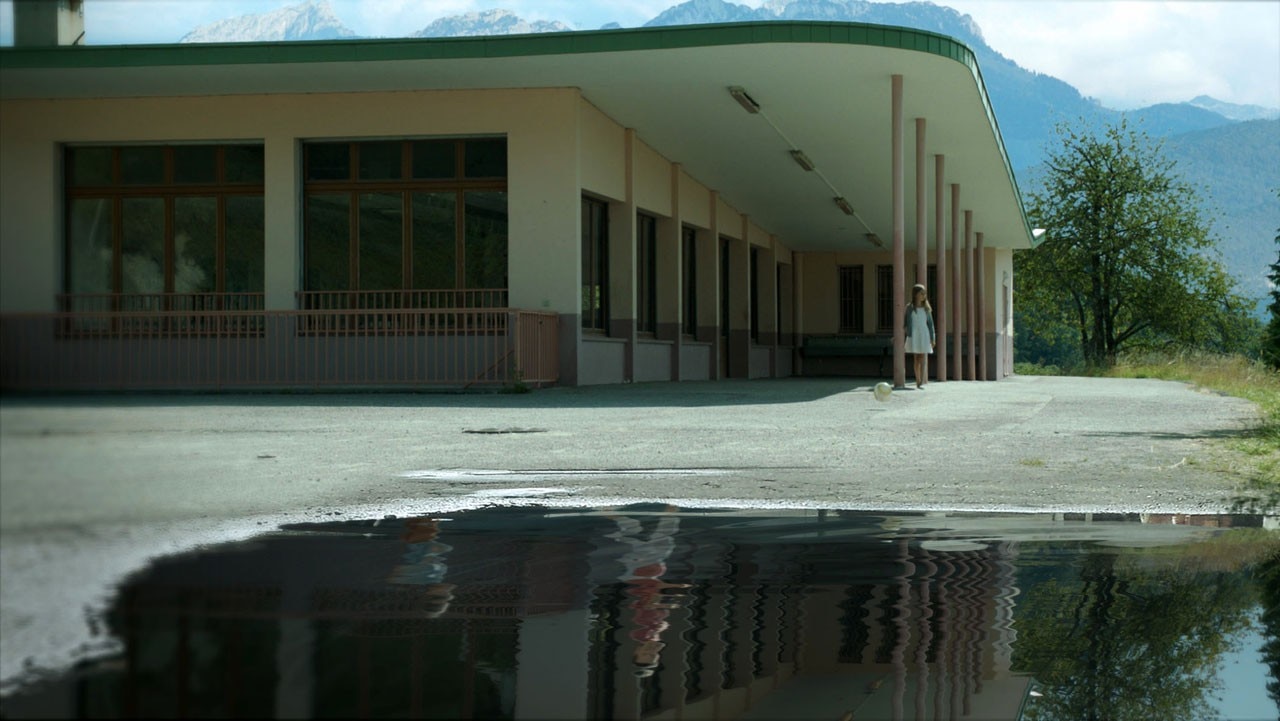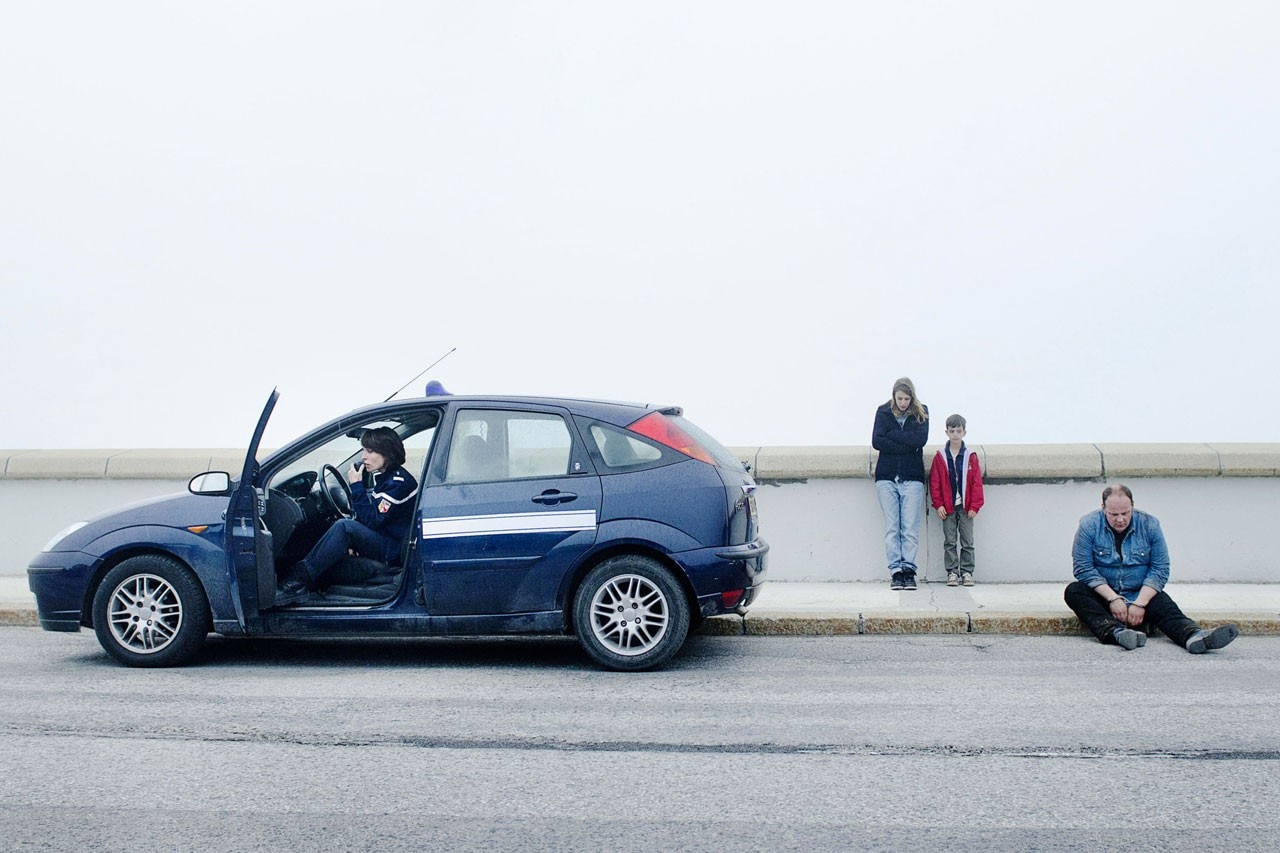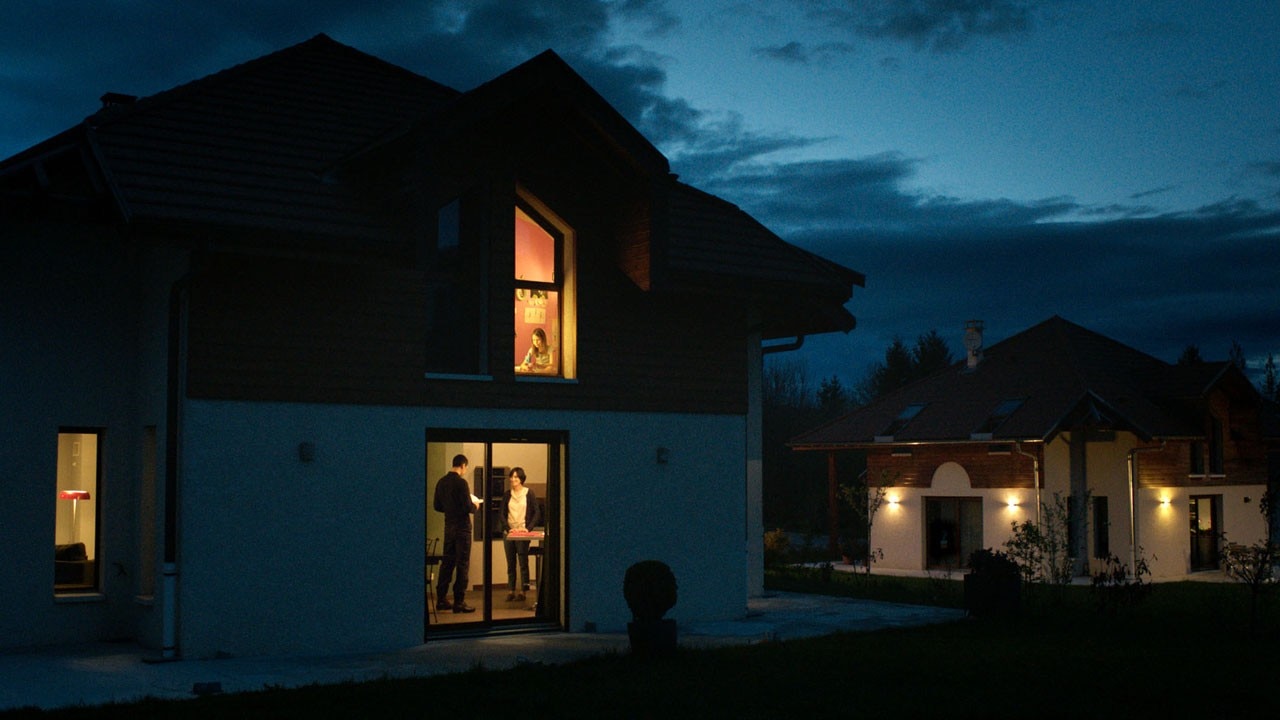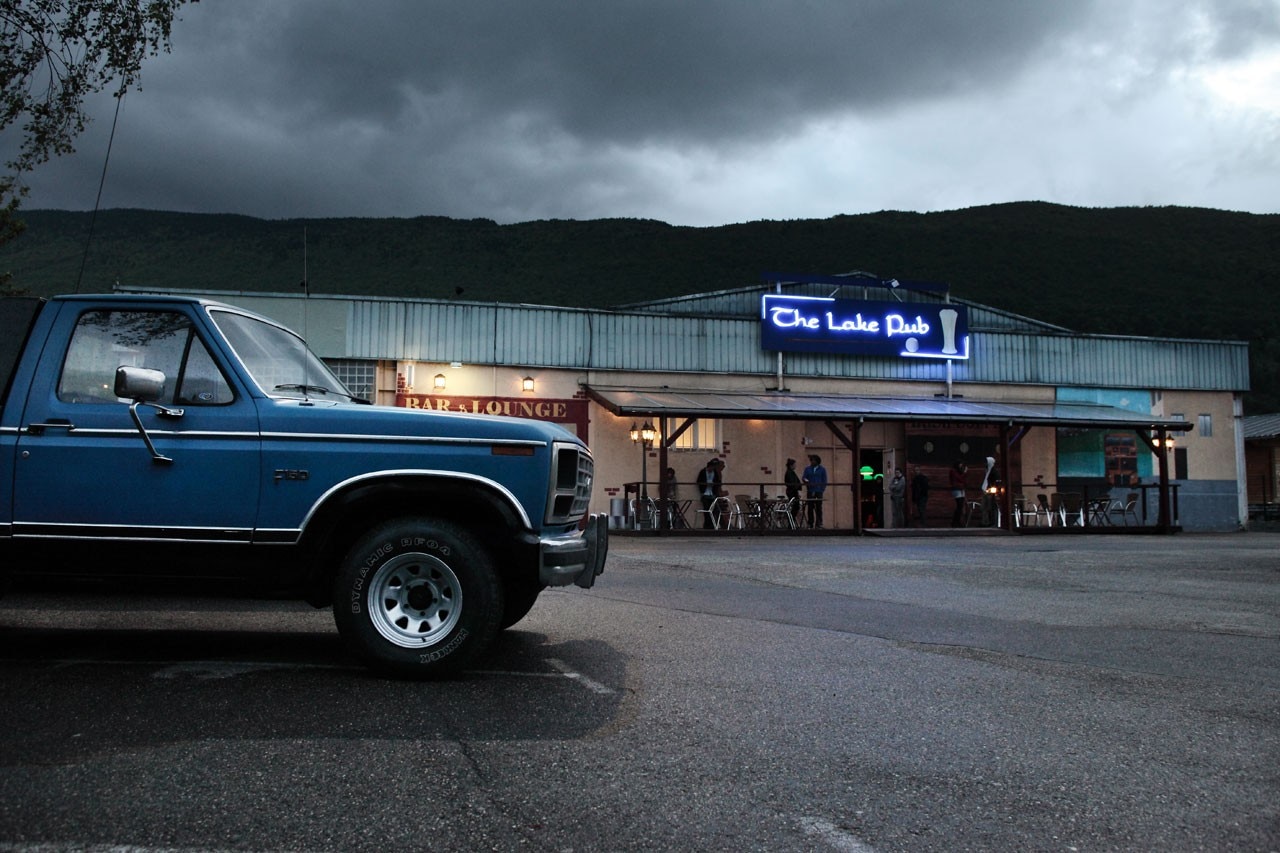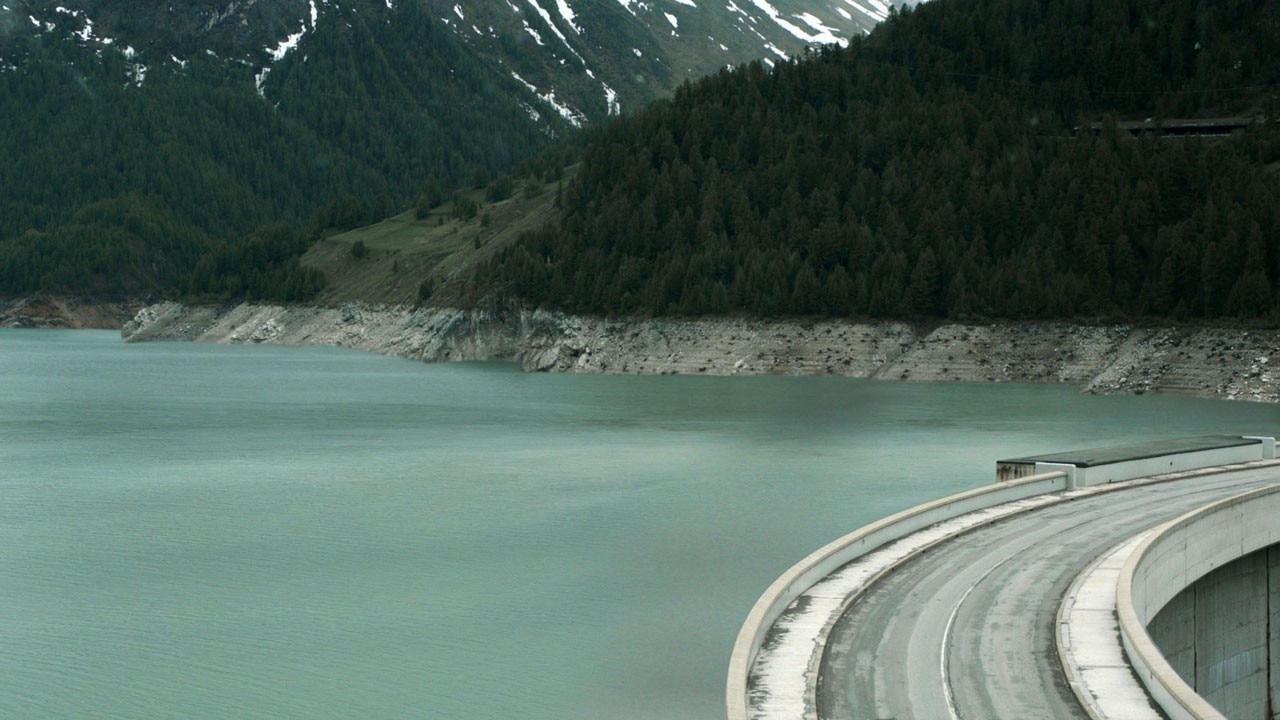
The production seems to take advantage of a number of filters from the cell block typology, applied to the theme of the return from the beyond: a rigid ultramodern grid, written and filmed with cool detachment by Fabrice Gobert and his collaborators, at least during the first series.
Far from being a gory opus like that of Romero’s zombies, a blueprint of architecture is superimposed onto the functioning of a world that from one episode to another also constructs its criteria. The dead move as if they were alive, they are not ghosts but rather ultra-political bodies, completely different from those which normally nestle in low-budget movies: they don’t assault shopping centres to devour humans but are instead in search of old loves who work as librarians in a provincial media-centre. Piazzas, churches, tunnels, bus-stops, police stations and even funeral monuments are just as fundamental in redefining and restoring a place of belonging to each single existence that re-emerges. The soundtrack, by Mogwai, is another special element in the definition of the immaterial confines of this truly captivating TV series.

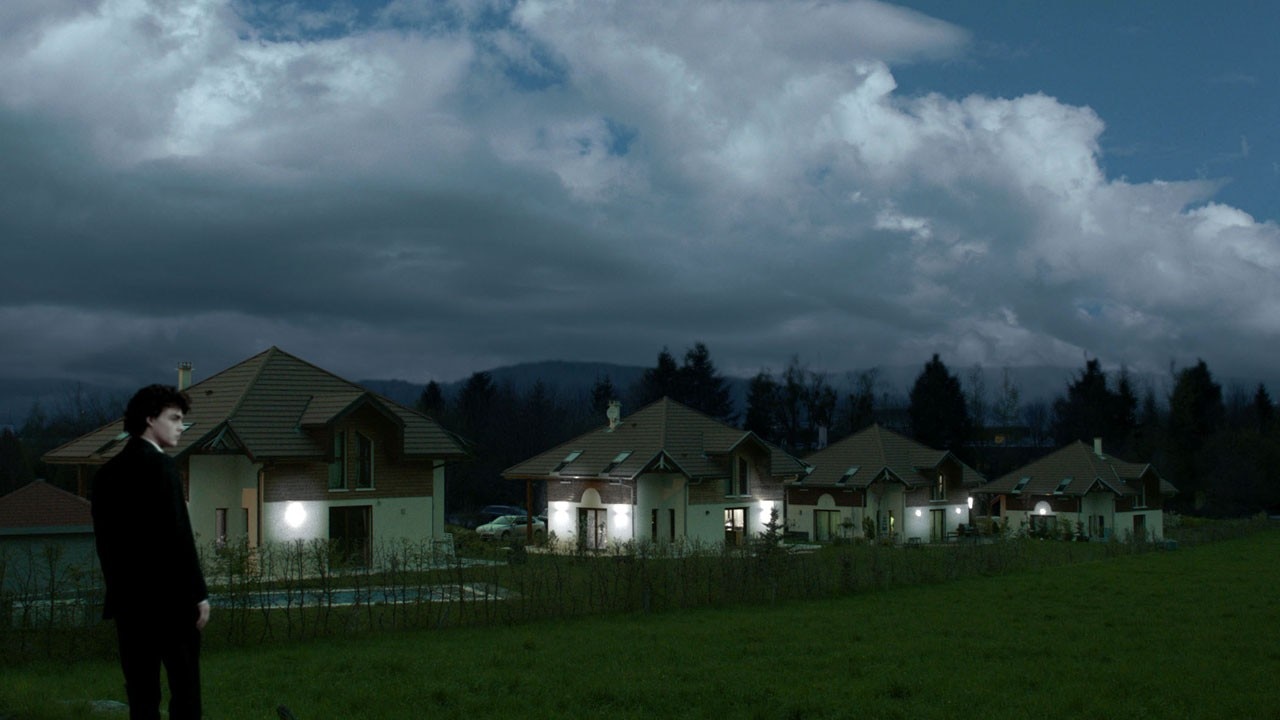
In its disenchanted embrace of the world, the contemporary mediatic universe is engaged in building rhythms, times and spaces for our spectacular universe with strategies very similar to architecture
